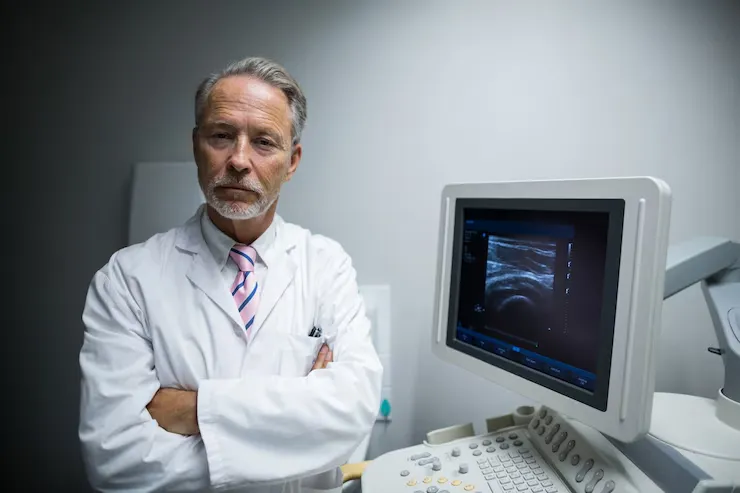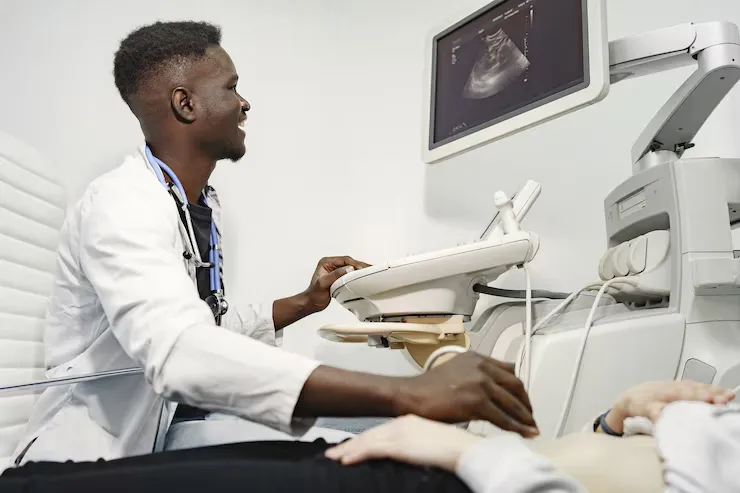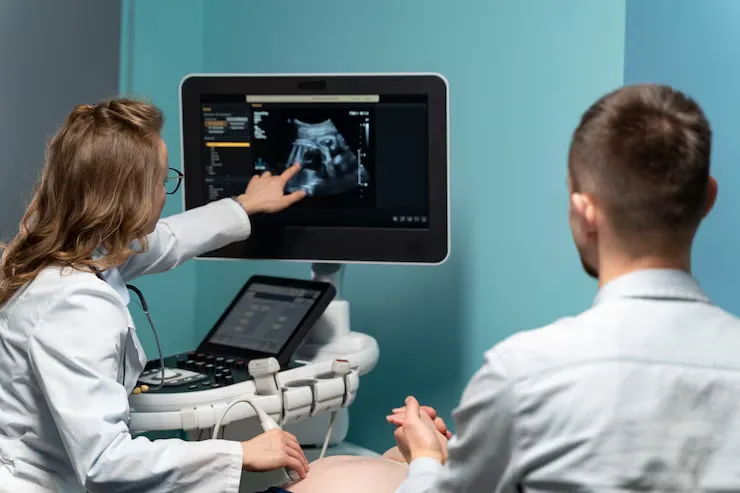Thinking about a career in medical imaging? You’ve probably come across two options: ultrasound tech and radiology tech. They both work with imaging machines. Both support doctors in diagnosing patients. But that’s where the similarities stop.
These jobs are different in how they work, the tools they use, and the kind of training they require. This guide breaks it down for you. Simple, clear, and real.
What Does an Ultrasound Tech Do?
Ultrasound techs use sound waves to take live pictures of what’s going on inside the body. That’s right, no radiation. It’s a safe and painless way to see organs, blood flow, or check on a baby during pregnancy. You’ve probably seen an ultrasound image before black-and-white, wavy outlines. It’s not just about snapping pictures though. These techs explain the process, help patients stay calm, and capture the right angles so doctors can read what’s going on.
What About Radiology Techs?
Radiology techs use machines like X-rays or CT scanners. These tools use small doses of radiation to see bones, injuries, or internal damage. When someone breaks a leg or has chest pain, it’s usually a radiology tech taking the first scan. They work fast, especially in emergency settings. And because radiation is involved, safety rules matter. Lead aprons. Shields. Timing the exposure. It’s all part of the job.
Education and Training Paths
Ultrasound techs usually need to complete a 2-year program in diagnostic medical sonography. There’s classroom work, then hands-on training with real patients. After that, you get certified. Most go with ARDMS.
Radiology techs also go through a 2-year program, but in radiologic sciences. They need clinical hours too. Their go-to certification is through ARRT. Some later specialize in MRI or CT work, which can lead to better pay. In both jobs, the training is serious. But if you like working with machines and helping people, it’s worth it. For a deeper look into how ultrasound and radiology tech careers compare in real-world settings, visit here.

Work Environment
Ultrasound techs usually work in clinics, OB-GYN offices, or quiet hospital units. They often spend time with one patient at a time, focusing on soft tissue scans or pregnancy imaging. It’s steady, and often calm.
Radiology techs move fast. One minute it’s a chest X-ray, next it’s a broken wrist. They work with doctors, nurses, and other staff to get the right scans done on time. Most jobs are in hospitals or urgent care clinics.
Schedules vary. Some work nights or weekends. Others get standard hours in outpatient centers. There’s room to choose, depending on where you apply.
Salary Expectations
Let’s talk numbers.
- Ultrasound techs in the U.S. earn around $82,000 a year. Experienced ones can make over $100,000.
- Radiology techs earn about $65,000, but those trained in CT or MRI can reach $80,000+.
Location matters. So does experience. Hospitals in big cities often pay more than small-town clinics. The more skilled you are, the higher your value.
Safety Considerations
Ultrasound is considered safer because there’s no radiation involved. It’s sound waves only. Radiology techs work with machines that emit small doses of radiation. That’s why they wear gear and follow safety steps.
Both jobs are physical. You’ll be on your feet. You may have to help move patients or adjust heavy equipment. Stretching and smart lifting help.
Certification and Licensing
You can’t skip this part. Certifications are a must.
Ultrasound techs usually go for ARDMS; it’s widely accepted. Radiology techs get certified by ARRT. Some states also ask for a license. And to keep it all active, you’ll need to do a bit of learning every year. That’s how you stay sharp and stay hired.

Career Outlook and Job Growth
Imaging is in demand. More patients, more scans. The U.S. expects 10% growth in ultrasound jobs and 6% growth for radiology techs by 2033. That’s solid.
Most work in:
- Hospitals
- Imaging centers
- Doctor’s offices
Some also work for mobile services, going from site to site. That’s great for people who like variety.
What’s the Best Choice?
Ask yourself this:
- Do I want to work with pregnant patients and avoid radiation? → Ultrasound.
- Do I want variety, trauma cases, and more equipment types? → Radiology.
It’s not about one being better. It’s about what fits you.
Some people like steady, focused work. Others want fast-paced, high-pressure jobs. One isn’t harder than the other they’re just different.
Still can’t decide? Try shadowing a tech in each role. Spend a day. See how it feels.
Final Thought
You don’t need to guess anymore. If you’ve made it this far, you already know the facts.
Both jobs offer good pay, room to grow, and a real way to help people. The best part? You don’t need a 4-year degree to start. Just commitment, hands-on training, and a willingness to learn.
So pick the one that speaks to you. Get certified. Show up. And start building a career that matters.



